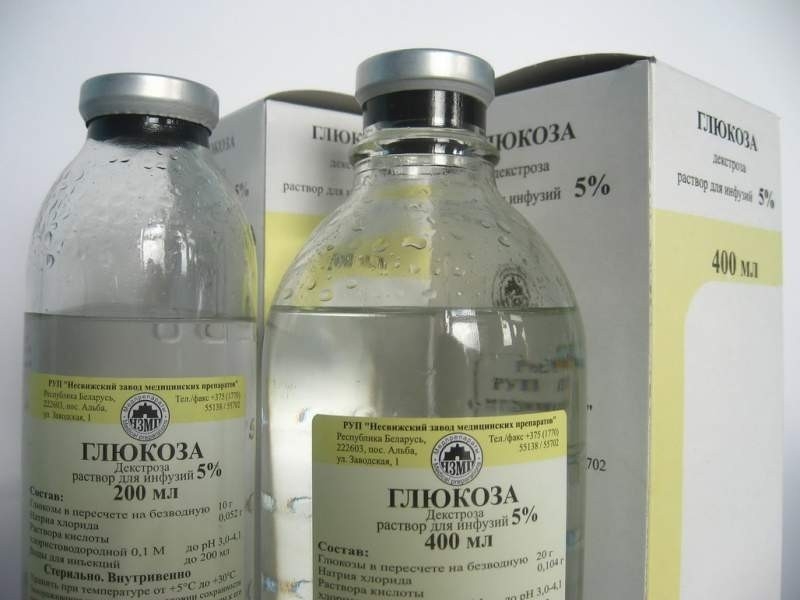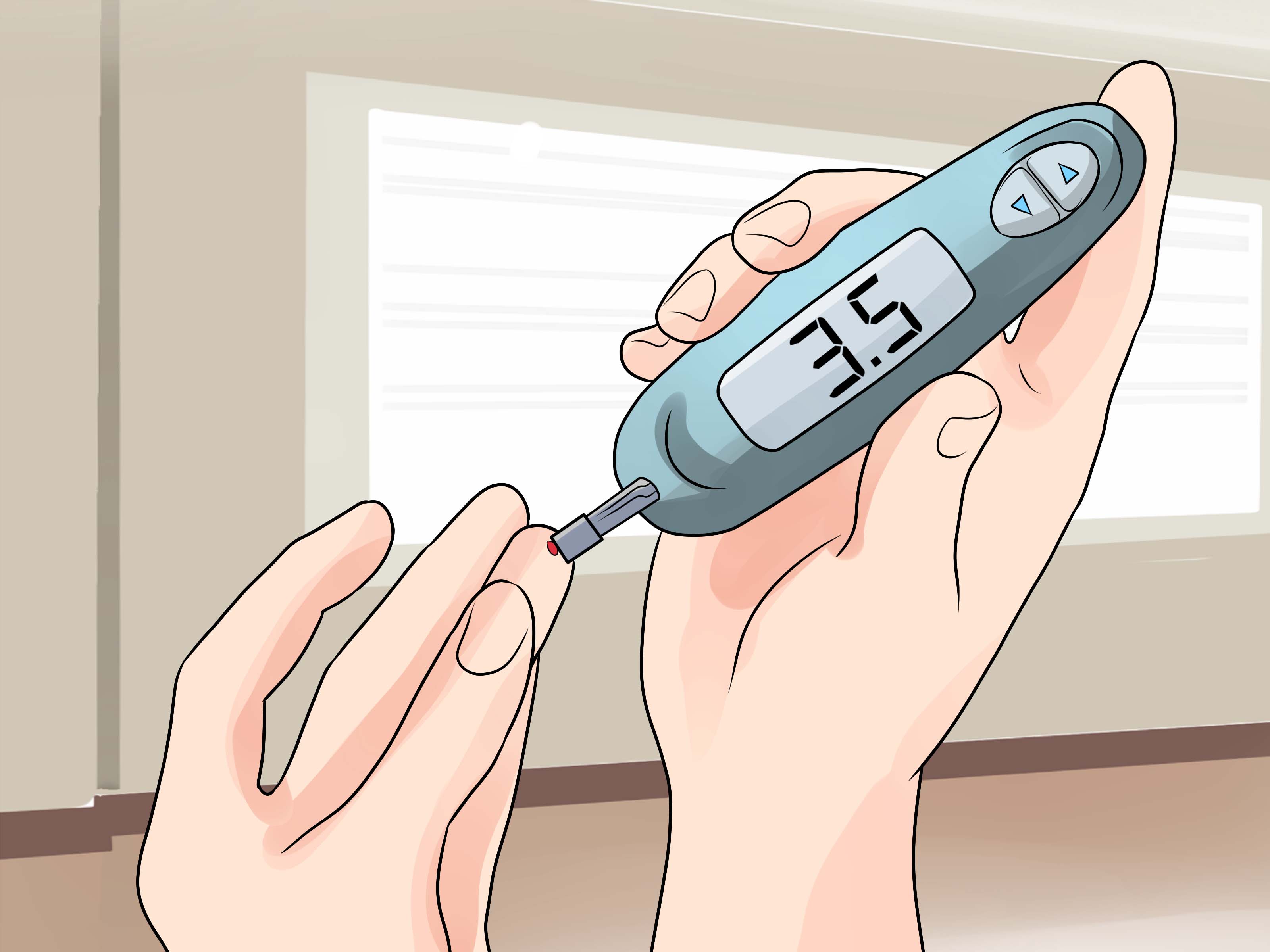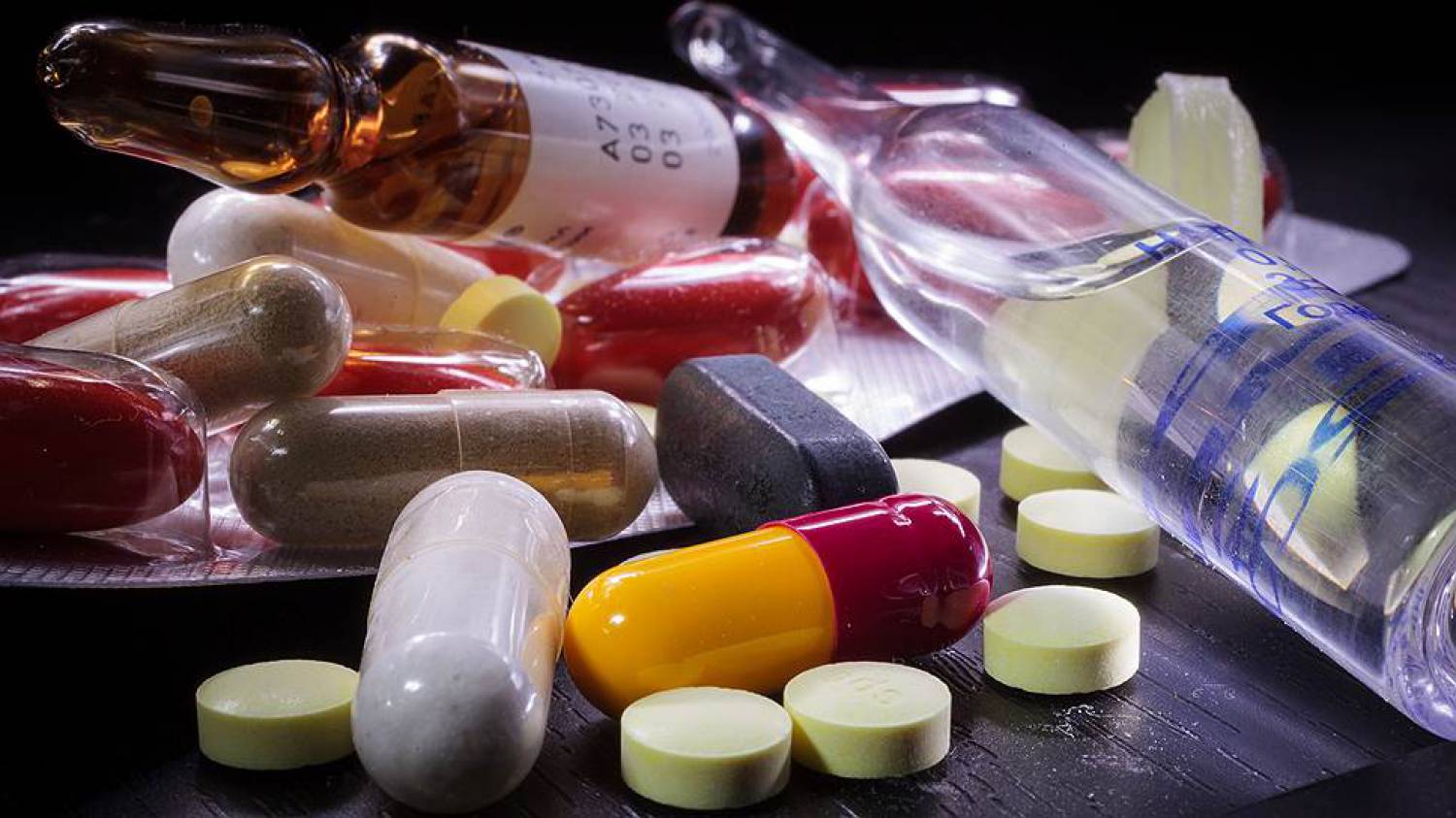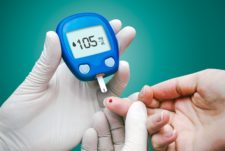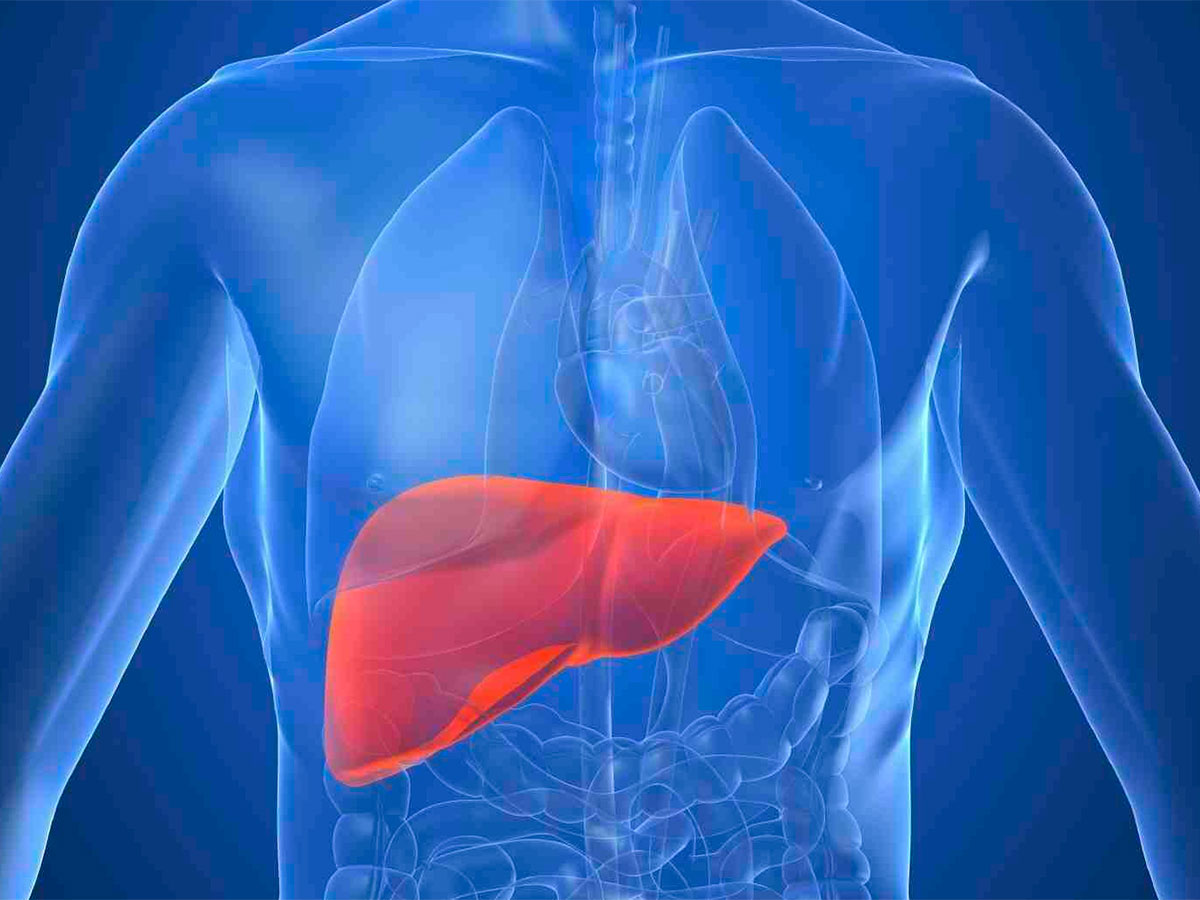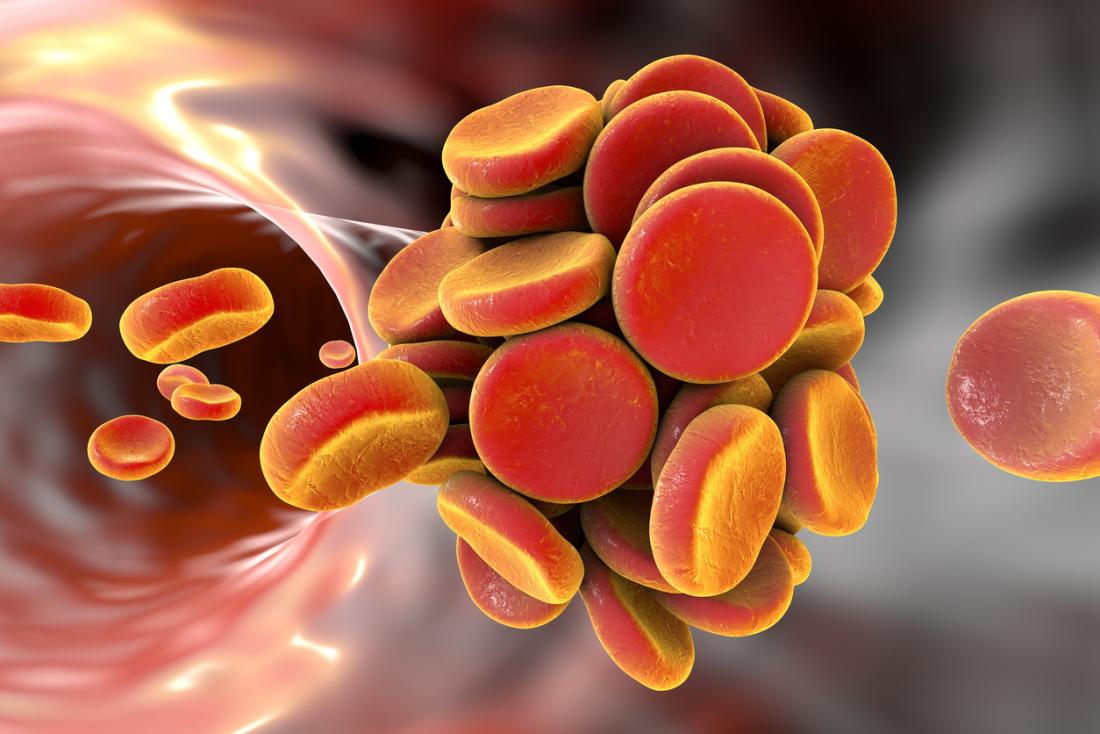Glucose in droppers is used to saturate the body with energy. This substance is easily absorbed by the patient, allowing him to quickly "put on his feet." This article describes about a glucose dropper, why this solution is put, what are its contraindications.
Material Content:
What is a dropper prescribed for?
Dextrose solution is of two types: hypertonic, isotonic. Their difference lies in the concentration of the drug and the form of therapeutic action on the body. Glucose isotonic solution is represented by 5% agent.
Against the background of treatment with this drug, the following effects on the body occur:
- lack of water is filled;
- organ nutrition improves;
- brain activity is stimulated;
- blood circulation improves;
- toxic substances are removed.
Isotonic solution can be administered not only intravenously, but also subcutaneously.
It is prescribed to facilitate the patient with the following pathologies:
- digestive upset;
- intoxication with drugs, poisons;
- liver diseases;
- vomiting
- diarrhea;
- brain tumors;
- severe infections.
The hypertonic solution is represented by a 40% drug, which is administered only through a dropper and can be additionally enriched with various drugs, depending on the needs of the patient.
As a result of treatment with a hypertonic solution, the following effects on the body are:
- expands, strengthens the vascular system;
- the production of more urine is stimulated;
- increased fluid outflow into the circulatory system from tissues;
- blood pressure normalizes;
- toxic substances are removed.
Typically, a hypertonic solution in the form of a dropper is placed in the following processes:
- a sharp drop in blood sugar;
- intense mental activity;
- excessive physical activity;
- hepatitis;
- digestive tract diseases caused by infection;
- a sharp drop in blood pressure;
- heart attack condition;
- general exhaustion of the body;
- pregnancy.
A solution for infusion with glucose is prescribed for chronic pathologies that worsen the general condition of the patient.
Instructions for the use of glucose solutions
The instructions for use indicate that glucose should be administered once a day into a vein with a dropper. Based on the severity of the disease, the drug in a diluted form is administered in a volume of 300 ml to 2 liters per day. It is necessary to put droppers with glucose under the strict supervision of a doctor in the hospital, periodically monitoring the clinical analysis of blood, the level of fluid in the body.
Important! It is forbidden to exceed the recommended dosage, otherwise the development of hyperglycemia is possible.
If necessary, glucose can be administered even to a newborn baby. In this case, the maximum daily dose is calculated in accordance with the weight of the small patient. For 1 kg of the baby's weight, 100 ml of glucose solution is necessary. For children whose weight exceeds 10 kg, the following calculation is performed: 150 ml of the drug per 1 kg of weight. For children weighing more than 20 kg per 1 kg of weight, 170 ml of the drug is necessary.
During pregnancy and lactation
Widely used glucose solution for intravenous administration in obstetrics. If during pregnancy hypoglycemia, a low blood sugar level is detected, then hospitalization is carried out, followed by drip administration of this drug.
Otherwise, quite serious pathologies can develop:
- premature birth;
- fetal abnormalities of the fetus;
- diabetes in the expectant mother;
- diabetes in a child;
- endocrine diseases in the baby;
- pancreatitis in the mother.
As a result of a deficiency of glucose in the female body, the child lacks nutrition. This can provoke his death. Often glucose is dripped with insufficient fetal weight. In addition, the drug helps to reduce the risk of premature birth, miscarriage.
Important! The use of glucose solution during pregnancy should be strictly monitored by doctors to prevent diabetes.
It is allowed to use a glucose solution for lactating women. But this situation requires monitoring the condition of the child. At the slightest sign of a negative reaction from the body, it is necessary to stop putting droppers.
Drug interaction
Hypertonic glucose solution often comes in combination with many medications that enhance the beneficial effect on the body. This drug is usually well tolerated with different medicinal variations.
However, the solution should not be used with medicines that have the following effects:
- sleeping pills;
- painkillers.
In addition, combined use with alkaloids, drugs based on nystatin is contraindicated.
Contraindications, side effects
A glucose dropper for adults and children is not indicated in the following cases:
- high blood glucose;
- decreased glucose tolerance;
- cerebral edema;
- accumulation of fluid in the lungs;
- intolerance to the active substance;
- diabetic coma.
With caution, droppers with glucose should be given to patients with renal failure, heart failure, during pregnancy and lactation.
The following side effects may develop during glucose treatment:
- loss of appetite;
- disruption of the liver;
- malfunctions of the fluid balance in the body;
- fever;
- increased blood glucose;
- cardiac pathology.
If glucose is not administered correctly, then thrombosis may form in the injection area.In the presence of adverse reactions from the body, therapy with this drug should be discontinued.
Note! Long-term treatment with glucose solution requires monitoring blood sugar and urine.
Droppers with glucose accelerate the process of patient recovery after suffering serious illnesses, surgical interventions, injuries.



